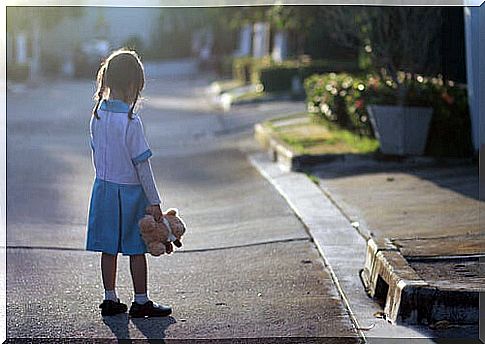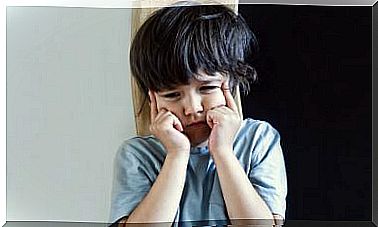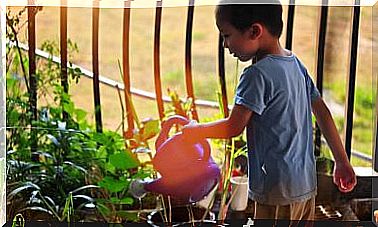Sadness In Children

Emotions are part of everyone’s life. It is necessary to experience them all in order to develop a strong and sensitive personality at the same time.
Sadness in children is an essential part of learning. He is, precisely, one of the great teachers of life. Therefore, it is necessary to give it the importance it deserves, since only then can one learn from those experiences.
Sadness in children: learning and sensitivity
For both adults and children all emotions are important. However, sadness is one of the strongest, so it is good to give it the attention it deserves. Sadness in children can become valuable learning, in many ways.
Sadness is the biggest indication that something is wrong. It is the sign that the child is not feeling well. Many times, this sadness can derive from a physical ailment or also from emotional pain. She is also a great teacher, since she transmits fundamental values and teachings that will serve the child throughout his life.
Discovering emotions
It is very common for children to experience problems detecting and understanding both their own feelings and those of others. It is natural that it happens, since they are in a stage of self-discovery and the environment. For this reason, it is important to teach them to understand the feelings that they begin to experience from a very young age.
In the case of sadness, it is essential that the child knows how to recognize what he is feeling. You need to know that it is okay to feel sad from time to time. As well as that it is a passing feeling, from which something positive can be extracted. When the child begins to know himself and his environment, he will handle this emotion in a much more efficient way.
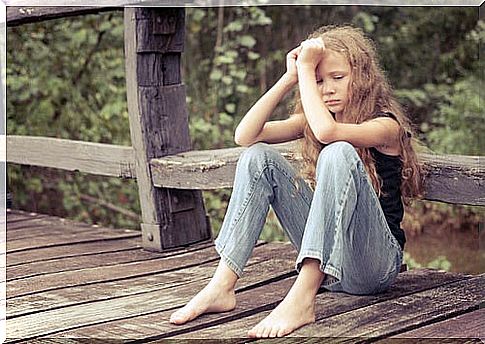
How to deal with sadness in children?
Although all parents always want to see their children happy, it is also true that sadness is part of everyone’s life, from birth to death. The important thing in this case is how to deal with this feeling.
1.- Sensing detection
Sadness in children is one of the most important feelings to detect. It is convenient for parents to identify what is ailing the child. Among other things because it is the only way to help and guide you so that you feel happy again.
2.- Communication with the child
Communication is essential in all relationships and at all times. Ideally, parents should talk to their child once any problem is detected. It is essential to make him understand that there is nothing wrong with being sad. However, it is a passing feeling for which a solution must be found.
3.- Search for a solution
Every problem has a solution. Under this premise, parents must guide the child back to a state of serenity, where happiness becomes the protagonist. What makes the child sad? Once the causes have been detected, it will be possible to find a suitable solution.
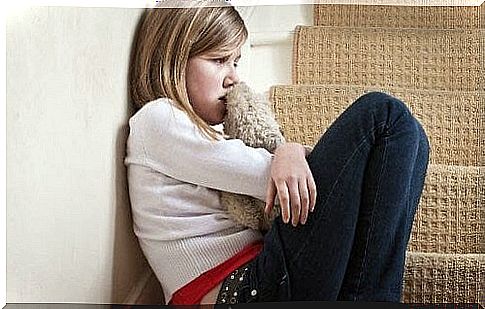
4.- Understanding of the child
Learning can be drawn from each experience and situation. However, for this to happen it is necessary for the child to understand what he experienced, as well as that others, both adults and children, may feel sad. The discovery of yourself and your environment is essential for a better management of your emotions.
How to detect depression?
There is nothing wrong with the feeling of fleeting sadness. However, it is recommended that parents be aware of much more alarming signs. A passing feeling of sadness can be treated without much difficulty. But depression is a much more complex issue, which requires the attention of specialists to deal with it. Especially when it comes to children.
Sometimes it can be a bit difficult to tell sadness from depression. Despite this, there are clear warning signs that every parent should be aware of. Some of the most common are: intensity, duration, and frequency. If the sadness becomes continuous, very intense and frequent, it is advisable to visit a specialist.
Sadness in children is as natural as happiness and joy. Although it is a feeling that is often sought to avoid, when it appears it is important to face it naturally. That way, children can develop a strong but sensitive personality at the same time.
